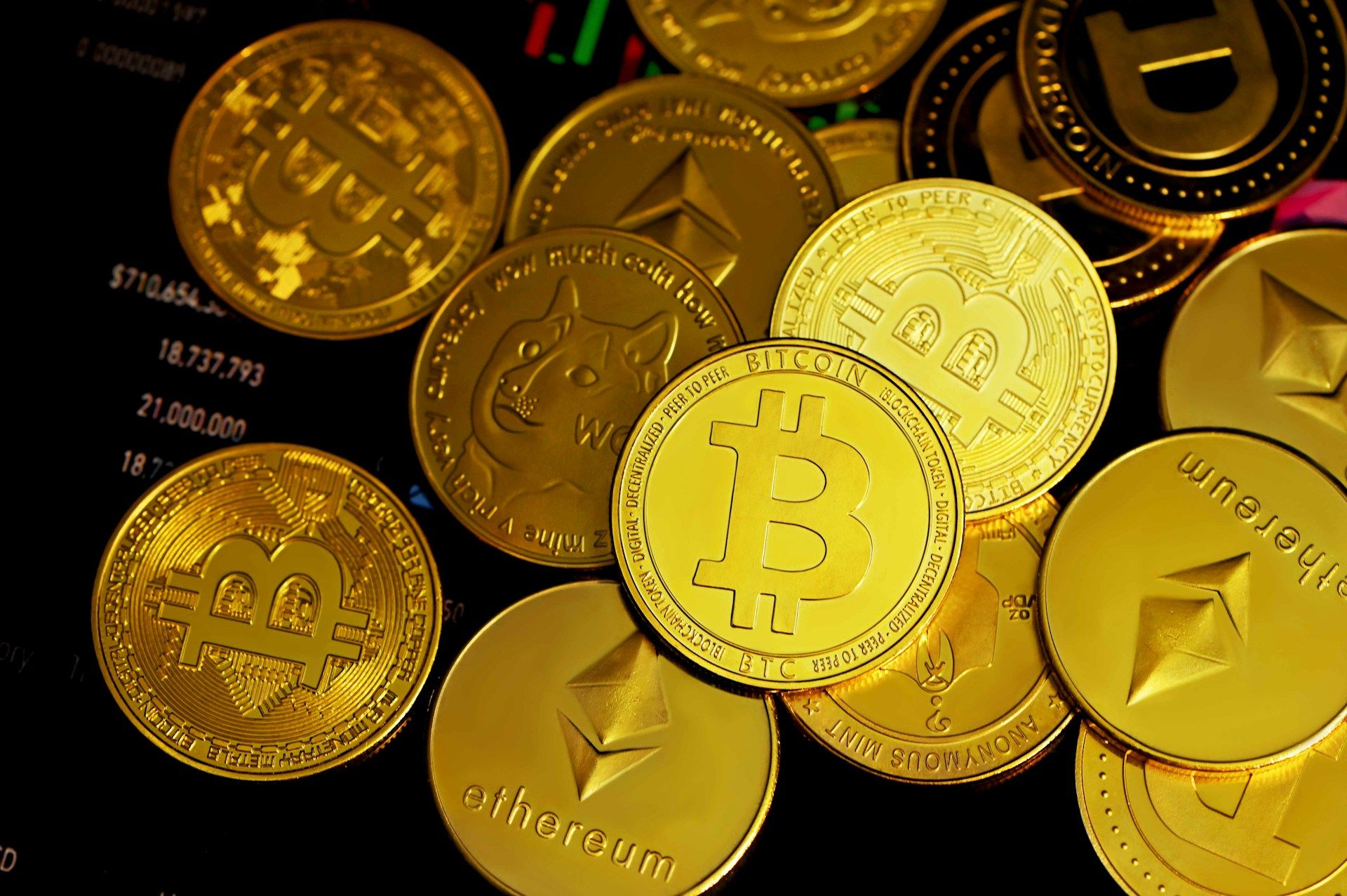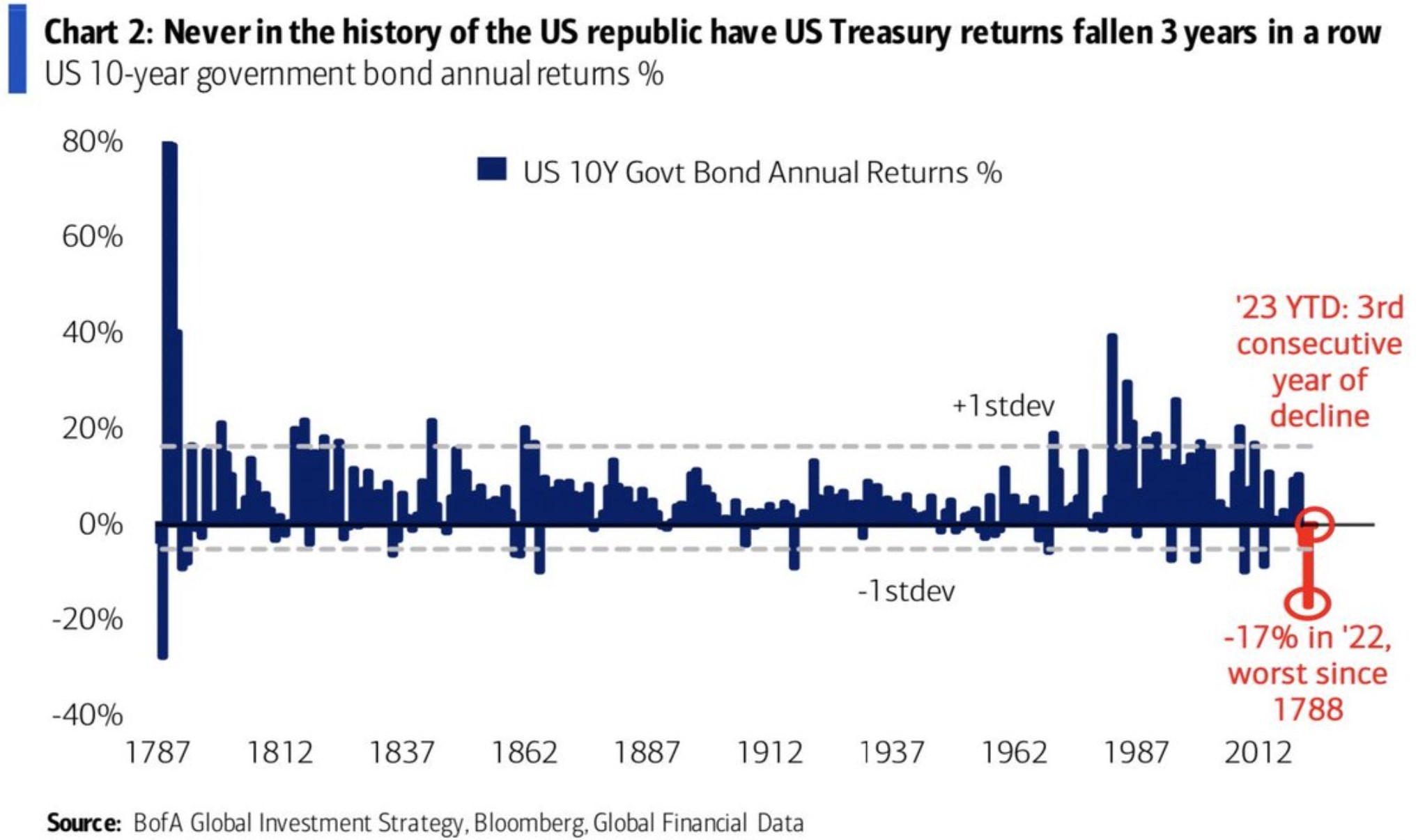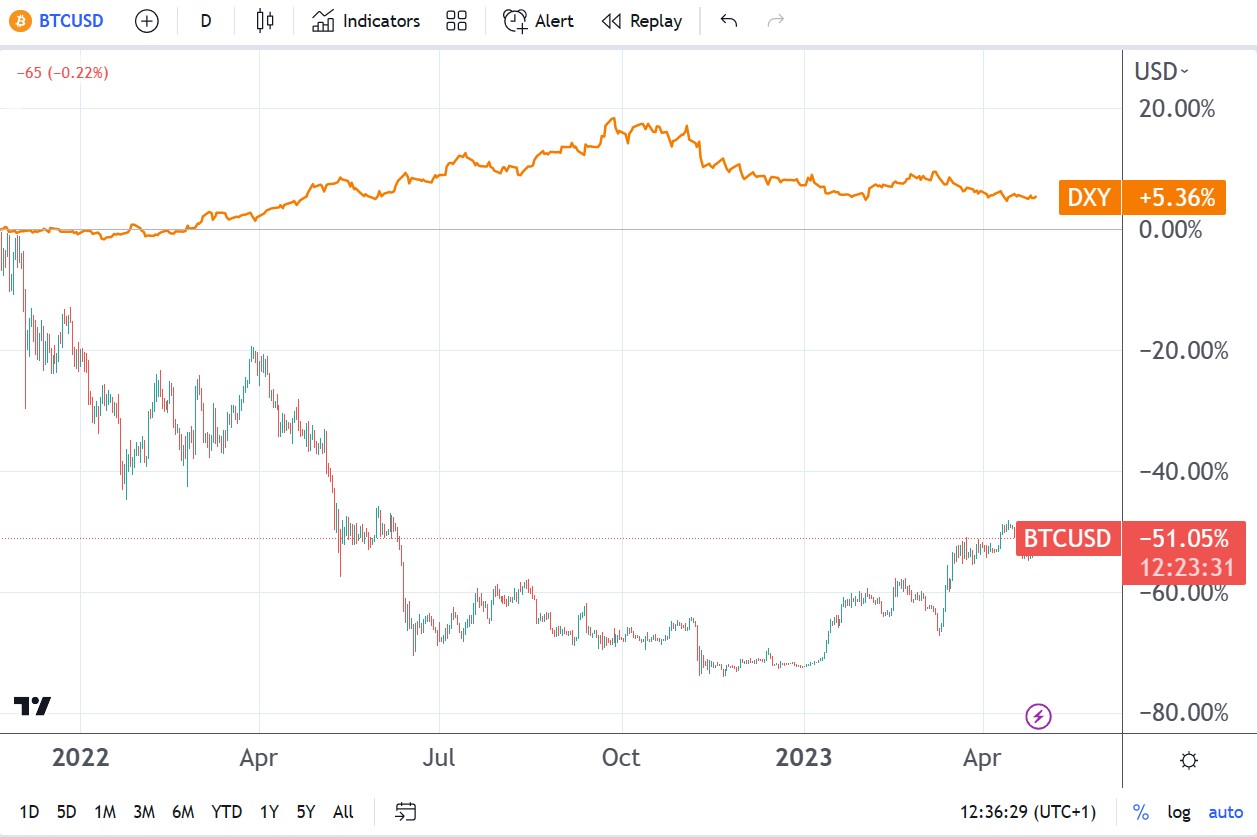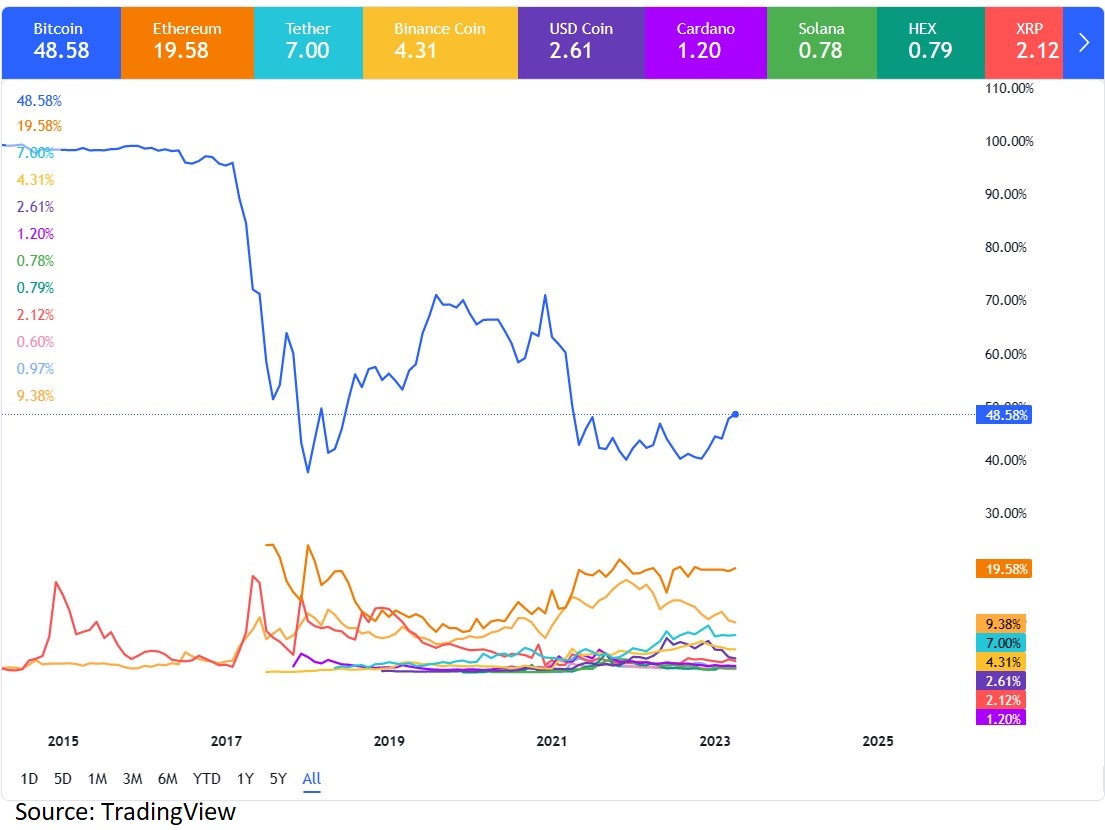2018-10-10 07:51 |
Stablecoins have been expanding during the last years in the cryptocurrency market. They entered the market with the intention to provide a hedge against the inherent volatility of cryptocurrencies.
Cryptocurrency writer Andrew Ancheta, has written about how the TrueUSD (TUSD) aims to hurdle one of the highest barriers to adopt virtual currencies.
Clearly, there are different stablecoins. Tether (USDT) is clearly the most known and popular one. However, it has been involved in different controversies during the last couple of years. The token is supposedly backed by US dollars that are safeguarded in a bank. Although it seems safe, users cannot redeem their USDT tokens for these dollars.
Moreover, the company has never conducted a financial audit, something that has started a debate in the crypto community. Additionally, there has been no information about the solvency of the company at all and whether it really has the funds to back the assets it issues.
Furthermore, Tether has been also accused of manipulating Bitcoin prices during bear markets. According to Bloomberg, USDT tokens were issued and transferred to the Bitfinex crypto exchange to stop Bitcoin from dropping.
Other companies such as Circle and Gemini have launched their own stablecoins. Circle decided to unveil its USD Coin or (USDC) that will be used in different exchanges such as Poloniex, OKCoin, CoinEx, Coinplug and many others. It has also been back by other companies in the sector.
The Gemini Dollar (GUSD) has been created by the Winklevoss twins and aims at providing stability to the virtual currency market.
Although some of them are good attempts to improve the market and the cryptocurrency world, they lack decentralization. It is necessary to trust another party. Those who own Tether believe that the company is totally solvent, USDC and GUSD supporters have to trust Circle or Gemini, depending on the coin they own. Nobody is able to stop them from printing more coins than what they really own.
It might be difficult to create a decentralized currency such as Bitcoin, Bitcoin Cash or Litecoin. But it might be even more difficult to create stable virtual currencies that are linked to fixed commodities or fiat currencies.
However, there is a virtual currency that is different. We are talking about the TrueUSD or Trust Token. This is a dollar-backed stablecoin that does not rely on any single actor. In order to increase trust among participants, TrueUSD does not rely on a single bank or company. Indeed, the funds are stored separately in different escrow funds that are not related to the company.
Tory Reiss, TrustToken’s Head of Corporate Development commented about the virtual currency:
“Every single dollar that’s held in our fiduciary partners’ account today is under a signed contract that says it’s held for the beneficial ownership of the token-holders. Legally, we as a company could not withdraw those funds, we can’t access it, we can’t print TrueUSD, the companies that are our trust partners will prevent us from doing that.”
This is something very important since the stable currency delates counterparty risks associated with Tether or other stablecoins. Users that want to exchange their TrueUSD can do it in a very easy way from the partner they want.
Reiss explains that the TrueUSD is more resilient than Tether or the Gemini Dollar. And the company is planning to distribute the network even more. At the moment, they ware working with European banks, Asian banks and other North American banks. Additionally, he explained that if there is a government that wants to crack down on virtual currencies, the dollars in escrow would still belong to token holders.
Furthermore, Ancheta says that stablecoins do not generate a lot of profit, and indeed, companies do not plan to launch tokens for free. This is why several stablecoins have been launched by exchanges. Nonetheless, this is counterproductive, instead of having an important stablecoin linked to a stable fiat currency such as the dollar, the author mentions that we end up embracing dollar-pegged crypto-pesos.
TrueUSD is different. It has not been designed for a specific virtual currency exchange, and this can also be one of the main attributes of its success. Since TrueUSD is not related and associated to any exchange it reduced the possibility of manipulation, according to Reiss.
Additionally, the company has also mentioned that there are occasional drops in the market capitaization of this stablecoin. This is related to the fact that users are constantly cashing out. The company aims at creating a tokenized world. It will eventually be possible to tokenize equities, real estate and many other assets.
“These tokenized currencies are critical for our tokenized securities strategy,” commented Reiss. “You need a way to receive dividends in your crypto wallet and we can now use TrueUSD to issue those dividends in a stable currency. Many other companies are having to issue dividends in Ethereum.”
TrueUSD is a more decentralized stablecoin compared to other competitors in the market. Although there is still counterparty risks, it would be very difficult for it to happen since it needs the collaboration of several parties to break this system.
Finally, Reiss said that the TrueUSD can be easily tracked and frozen if necessary. Complying with the current legal system is quite important in order to move towards a tokenized world.
TrueUSD is the 56th most important cryptocurrency in the market. It has a market capitalization of $118 million dollars.
origin »TrueUSD (TUSD) на Currencies.ru
|
|












